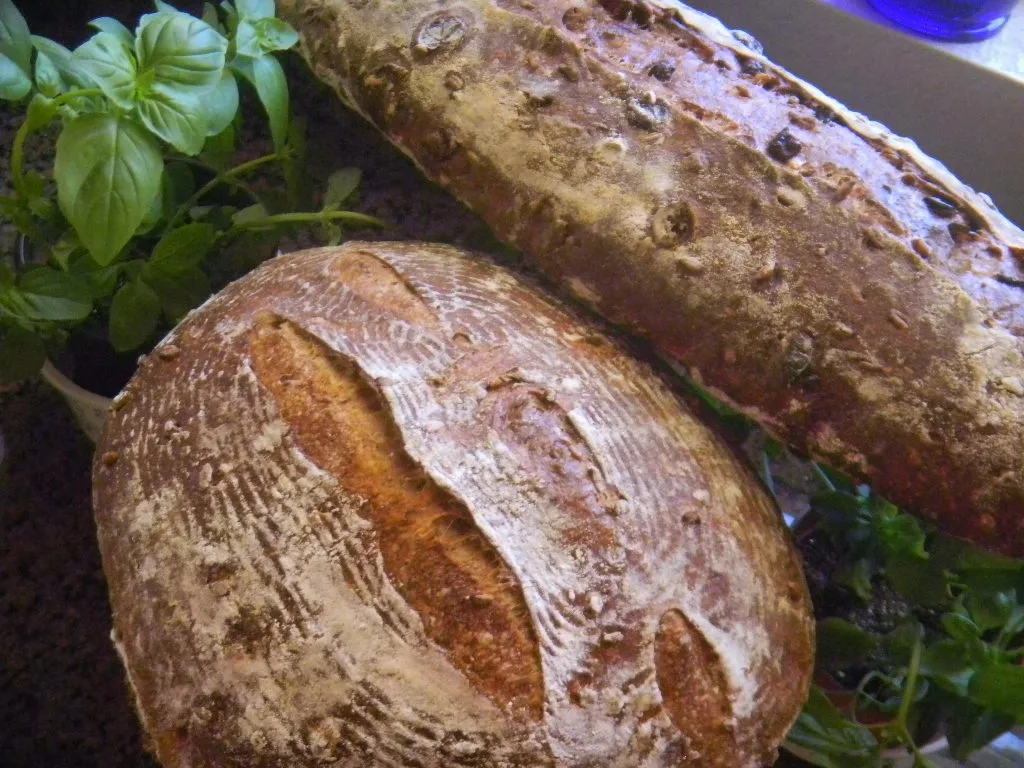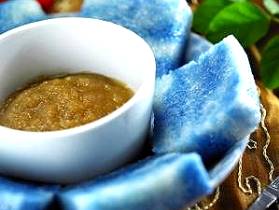Multigrain Cranberry Sourdough, Challah, Etc.

I have never been one to put extra stuff into bread. Flour and water all the way. And yet, resolve weakens, fruit beckons, fresh loafers keep on posting. What can one do? A rhetorical question of course. The simple answer is throw in a few dried cranberries. I had already developed a nice seeded levain (after tasting Jong Yang's delcious one at the TFL Boston meet-up) and thought - just swap out the seeds for the cranberries. It works. Two completely different breads on th
- Log in or register to post comments
- 22 comments
- View post
- varda's Blog








